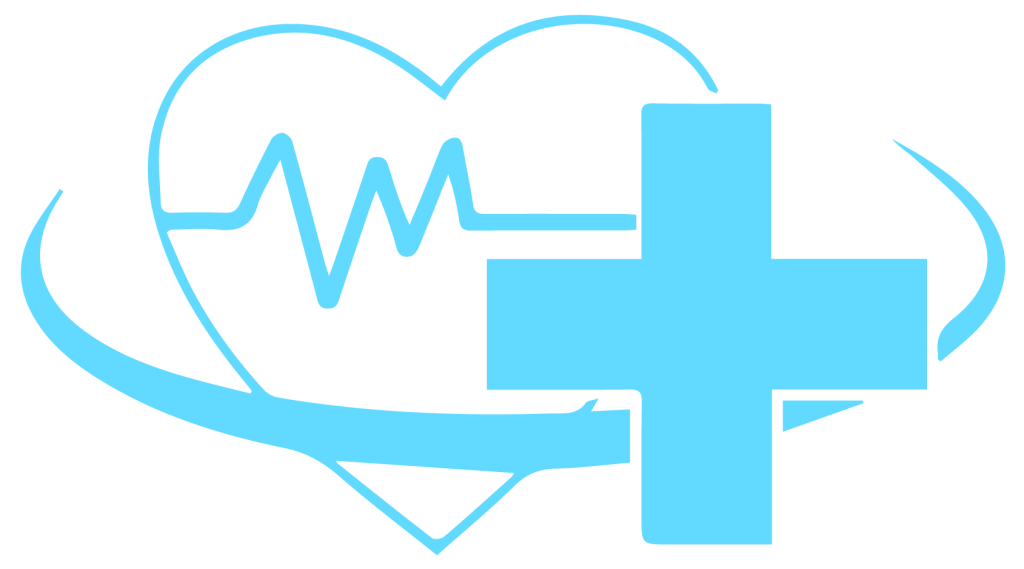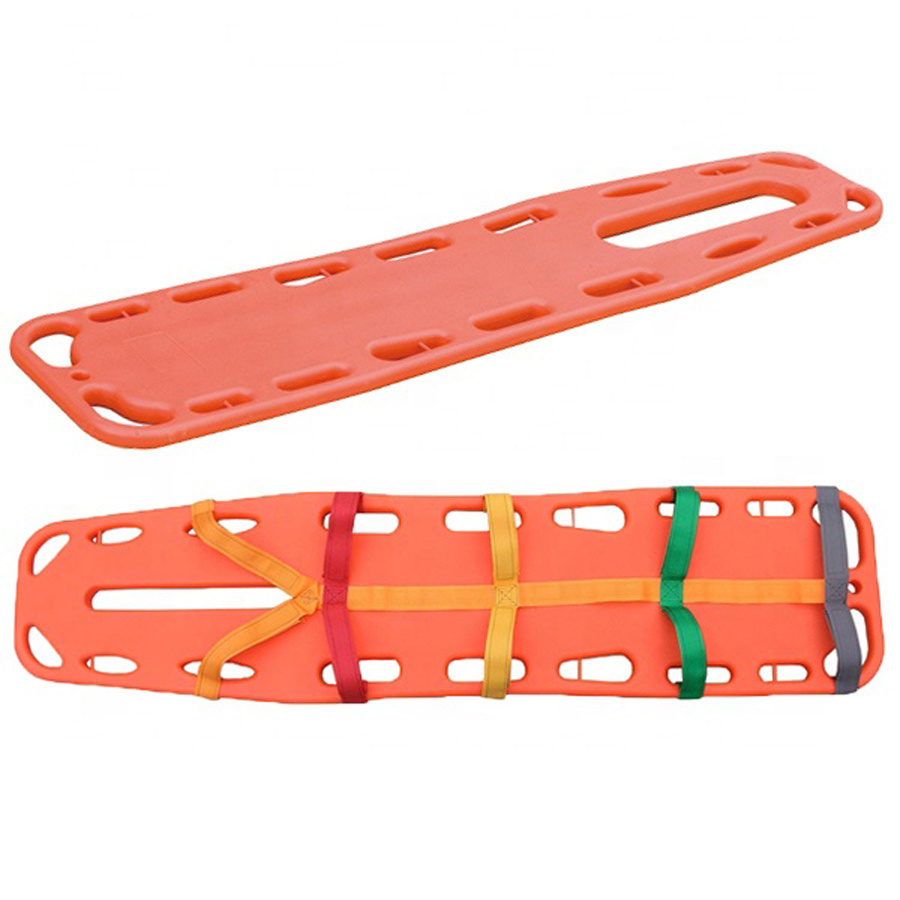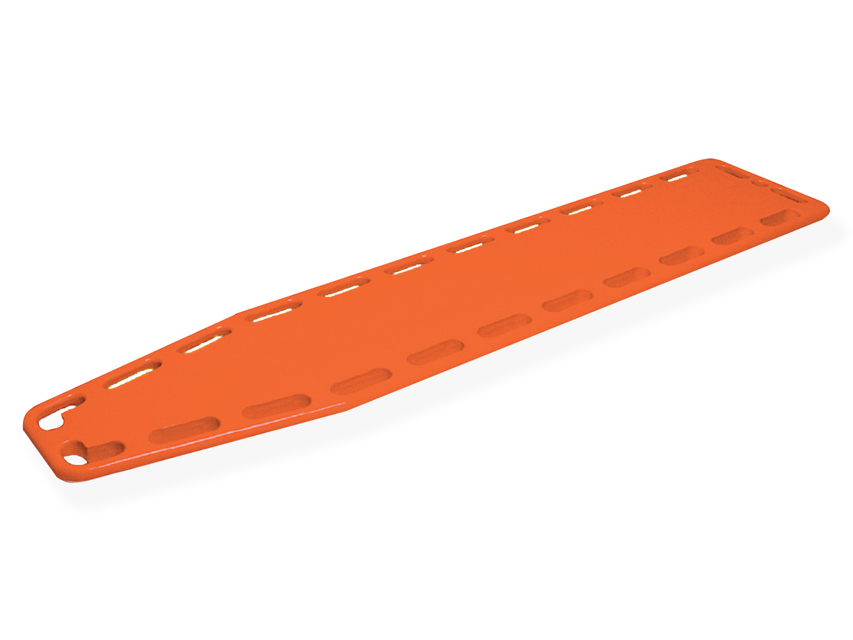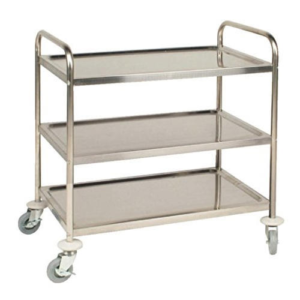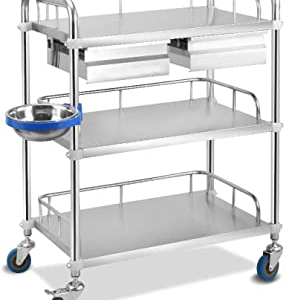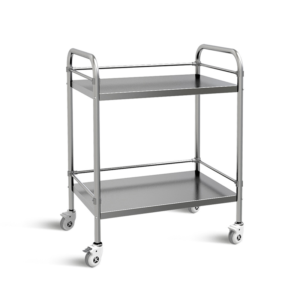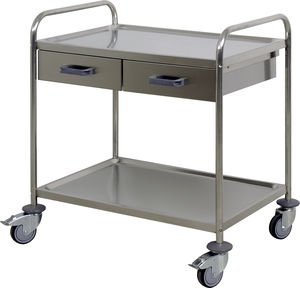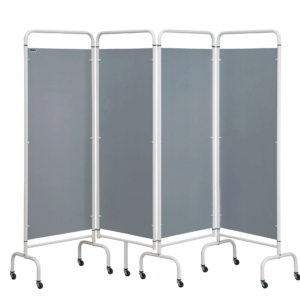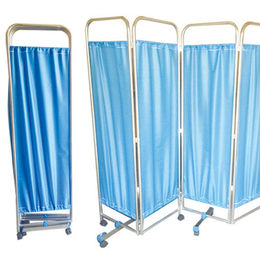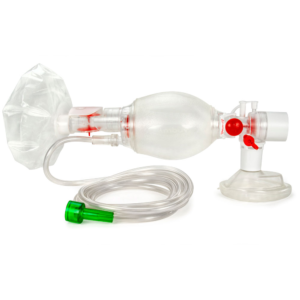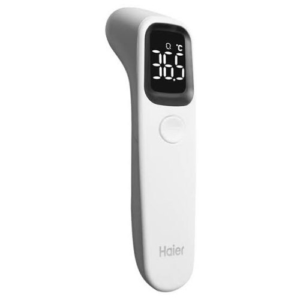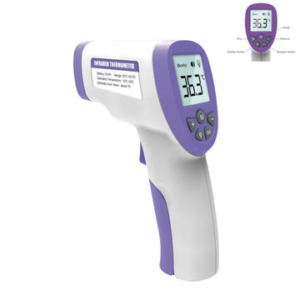CATEGORIES
Description
A spinal board, is a patient handling device used primarily in pre-hospital trauma care. It is designed to provide rigid support during movement of a person with suspected spinal or limb injuries.
Price range
*Kindly note the prices above are estimates and NOT exact. They will help you to plan a budget. Prices are affected by factors like Size, Availability, Quality of Material, Brand, Make, Forex Rates.
Product information
Related products
-
Instrument Trolley 3 Shelf
General & Diagnostic Read more
Read moreIt is ideal for your surgery, care home, hospital, lab or vets practice providing a clinical surface and storage for everyday consumables. This truly multipurpose trolley has been used not only in clinical environments but throughout hospitals and clinics. The flat surfaces make it ideal for storing clinical instruments and dressings or as a stand for ECGs or Vital Signs equipment
Quick View -
Instrument Trolley 2 Shelf
General & Diagnostic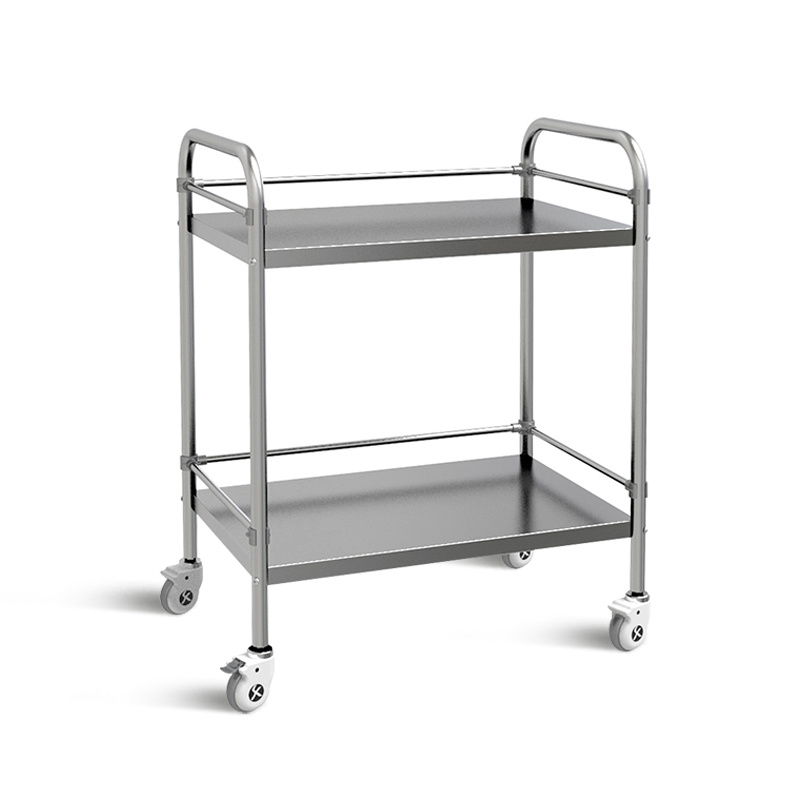 Read more
Read moreIt is ideal for your surgery, care home, hospital, lab or vets practice providing a clinical surface and storage for everyday consumables. This truly multipurpose trolley has been used not only in clinical environments but throughout hospitals and clinics. The flat surfaces make it ideal for storing clinical instruments and dressings or as a stand for ECGs or Vital Signs equipment.
Quick View -
Ward screen 4 Fold
General & Diagnostic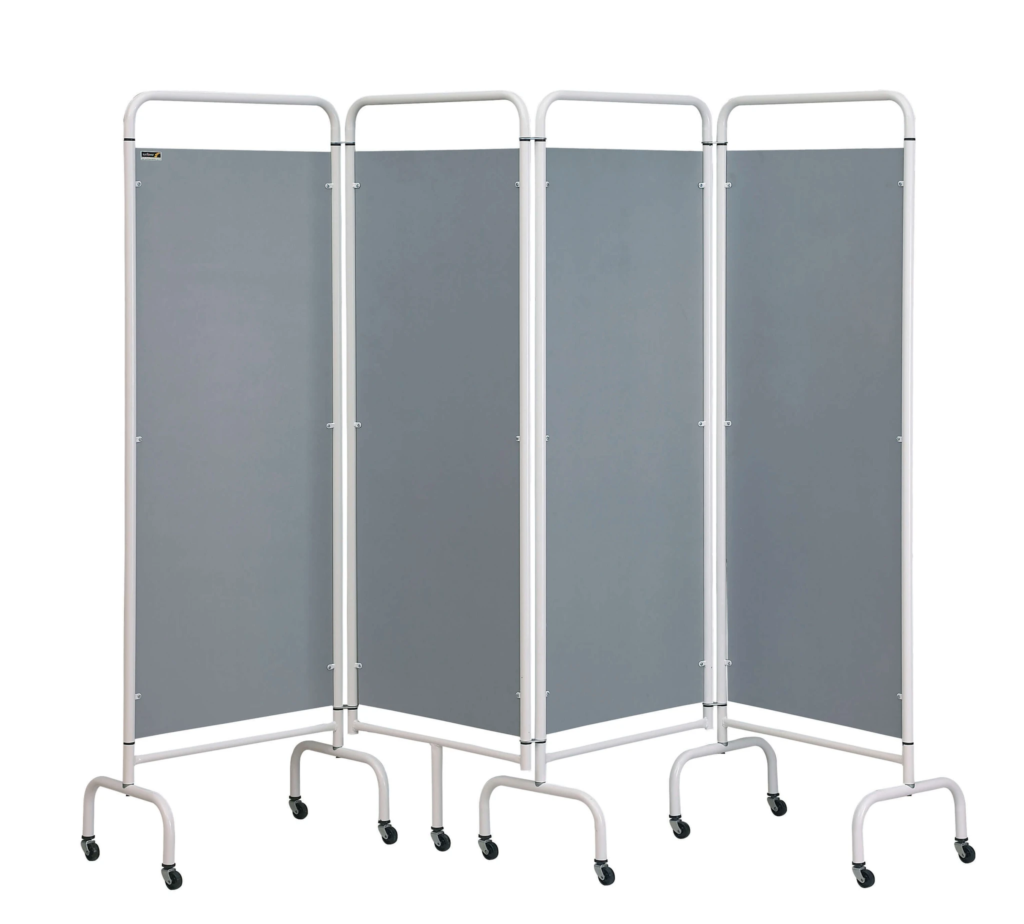 Read more
Read moreA partition for privacy of patients during treatment. It is foldable, stainless steel frame with nylon plastic wheels and washable curtain.
Quick View -
Ambu Bag Silicon
Emergency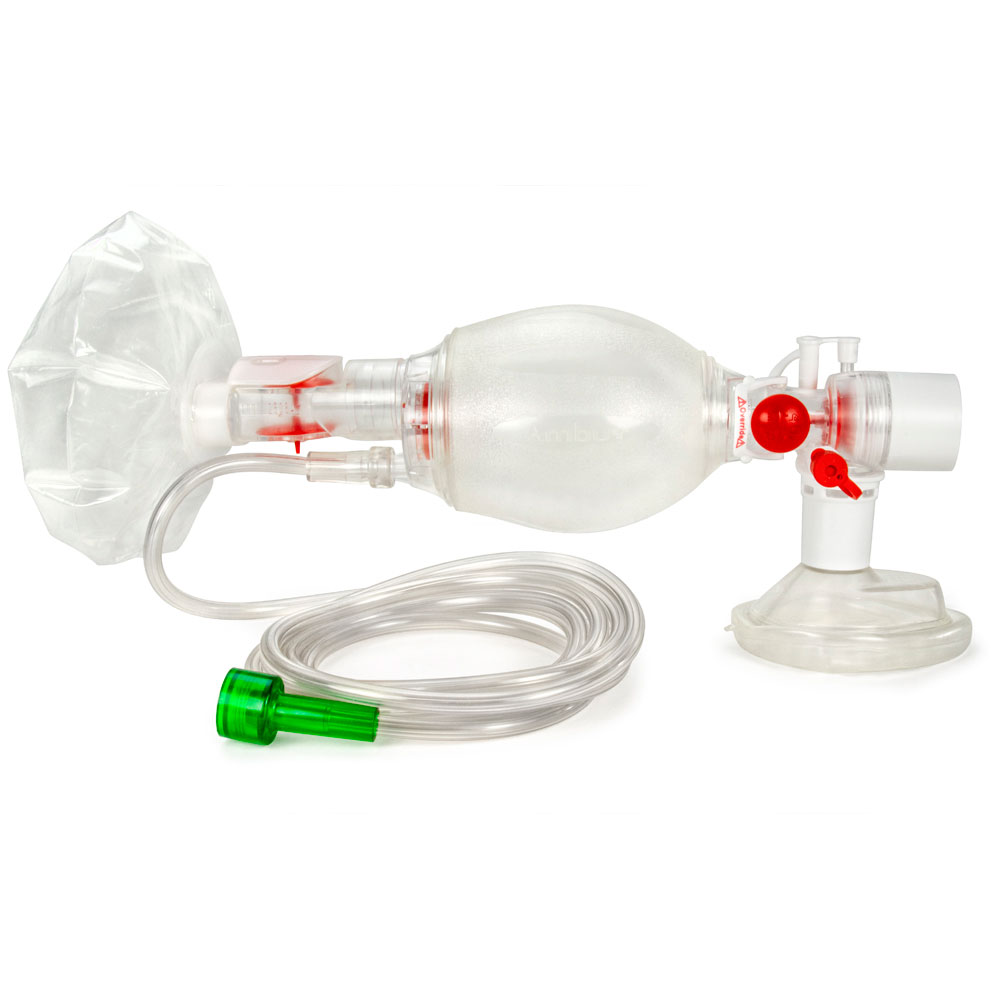 Read more
Read moreSilicon AMBU BAG Respiratory Exerciser (Pack of 1) A resuscitator is a device using positive pressure to inflate the lungs of an unconscious person who is not breathing, in order to keep them oxygenated and alive..
Quick View -
Thermometers
General & Diagnostic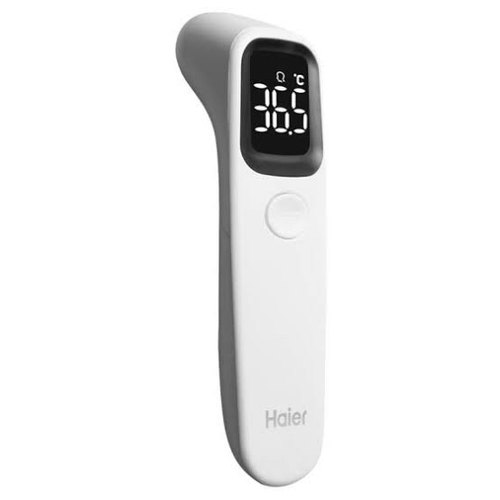 Read more
Read moreA thermometer is an instrument that measures temperature. It can measure the temperature of a solid such as food, a liquid such as water, or a gas such as air
Quick View
